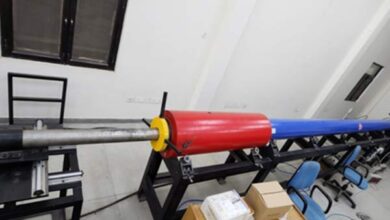US scientists create world’s smallest data recorders using Bacteria

Researchers have succeeded in converting the natural bacterial immune system into the world’s smallest data recorder. Researchers who make this report say that through this bacterial cells (bacterial cells), the technology will establish a new foundation in all the activities from the treatment of diseases to environmental monitoring. Researchers at the Columbia University Medical Center (CUMC) located in the US changed the bacteria into a form that could be sent inside the patient. Since these are microscopic, they are designed in such a way that they record the inside activities. They can not only tell the internal activities but also the changes that happen with the weather. According to Harris Wang of CUMC, these bacteria which are swallowed by the patient may be able to record the internal changes of the body through the digestive tract. In this way, this discovery can detect a new dimension for treatment by detecting the disease.
Multiple uses of Bacteria based data recorders
According to the researchers, this technique can be used in the study of environmental sensitization, ecology and germs of science, where bacteria can monitor the things around us that can not be seen through the eyes.
According to a study published in the Science journal, Wang and his team have prepared this microscopic data recorder with the help of CRISSP-CAS. This is an immune system of many species of bacteria. CRISPR-CAS mimics the DNA fragment to attack the virus, so that the next generation of bacteria can lag behind these pathogenic diseases more effectively. In this microscopic recorder, a piece of DNA named Plasmid was changed. It has the potential to make itself and copy itself and to respond to external signals. In the absence of external signals, it only makes a copy of itself. At the same time, when the external signal checks it, it gives information about the internal change. Researchers believe that this technique can be helpful in detecting the diseases of the body through the patient’s digestive system.









